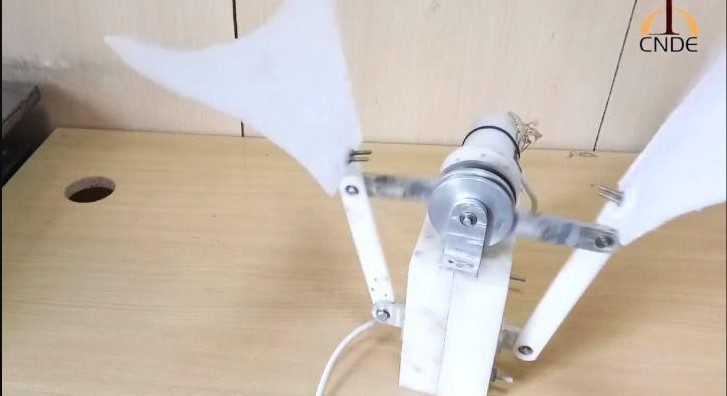
A manhole-cleaning robot is an innovative robotic system designed specifically for cleaning and maintaining manholes, which are underground access points to sewer systems or other utility networks. These robots are developed to automate and improve the efficiency of a traditionally labor-intensive and hazardous task.
Here are some key features and information about manhole-cleaning robots:
1. Robotic Design: Manhole-cleaning robots are typically compact and rugged in design to navigate the narrow and confined spaces of manholes. They are equipped with tracks or wheels for mobility and often have a remotely operated or autonomous control system.
2. Cleaning Mechanisms: These robots incorporate various cleaning mechanisms to remove debris, sediment, and other contaminants from the manholes. This can include brushes, high-pressure water jets, suction systems, and vacuum pumps. The specific cleaning method may vary depending on the robot model and its intended application.
3. Remote Operation: Manhole-cleaning robots are often remotely operated, allowing operators to control the robot from a safe location outside the manhole. This reduces the risks associated with manual cleaning, such as exposure to toxic gases, confined spaces, and physical hazards.
4. Sensor Technology: To navigate and perform cleaning tasks effectively, manhole-cleaning robots may use sensor technologies such as cameras, lidar, and ultrasonic sensors. These sensors help the robot detect obstacles, map the environment, and ensure accurate positioning.
5. Safety Features: Safety is a crucial aspect of manhole-cleaning robots. They are equipped with safety mechanisms to protect operators and the robot itself. These features can include gas detectors to monitor air quality, emergency stop buttons, and fail-safe systems to prevent accidents.
6. Efficiency and Cost-Effectiveness: Manhole-cleaning robots offer improved efficiency and cost-effectiveness compared to traditional manual methods. They can perform cleaning tasks more quickly, with fewer personnel required. This automation leads to reduced labor costs and enhanced productivity.
7. Maintenance and Upgrades: Manhole-cleaning robots are designed for durability and reliability in challenging environments. They often have modular components that can be easily replaced or upgraded, ensuring minimal downtime and long-term usability.
8. Environmental Benefits: By effectively cleaning manholes, these robots contribute to maintaining the integrity and efficiency of sewer systems. This helps prevent blockages, minimize the risk of overflow or contamination, and promotes environmental preservation.
It's worth noting that while manhole-cleaning robots are an emerging technology, the specific details and features can vary across different robot models and manufacturers. The information provided here presents a general overview of the innovation and its key aspects.










